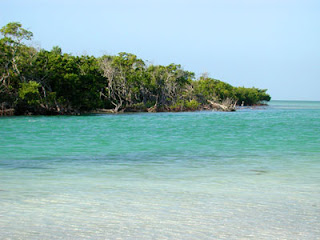 A Biosphere Reserves has three functions :
A Biosphere Reserves has three functions :1. a conservation function, contributing to the conservation of landscapes, species and genetic variation,
2. a development function, fostering economic development which is ecologically and culturally sustainable,
3. a logistic support function for research, education, training and monitoring.
Biosphere Reserves are organized into 3 inter-related zones in order to enable them to carry out the different activities involved :
a core area for the long-term protection of biodiversity,
a buffer zone around or next to the core used for recreation, education, research and sustainable resource use, complatible with the ecosystem conservation objectives,
an outer transition area used for agriculture and other rural activities, including human settlements. It is here that the local communities, nature conservation agencies, scientists, non-governmental organizations, cultural groups, and other stakeholders work together to manage and develop the area resources in a sustainable manner.

 No mangroves - no wood
No mangroves - no wood







